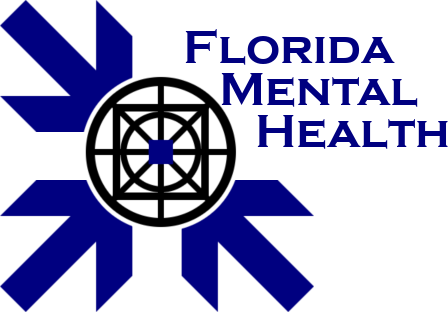Upcoming Trainings
- No Upcoming Trainings
While statistically only one person in 10 has a personality disorder, far more than that will appear in counseling because of relational and/or vocational issues. Add to the list those who live, work, and have family members struggling with a person who has a personality disorder and the number grows substantially. Because this population is notorious for not successfully managing addiction, trauma, depression, anxiety, and anger, many of the clients who present for one these issues, may also have an underlying personality disorder. In any given week, over 50% of your clients could be impacted by their own or someone else’s personality disorder.
Objectives
Knowing how to spot the signs of a personality disorder within minutes is often the difference between a successful session and a near miss. Each personality disorder has its’ own best practices, coping mechanisms, and potential hazards such as suicidality. In this seminar you will learn:
- Identifying characteristics of each personality disorder in clusters A, B and C
- Tell-tale signs and symptoms not listed in the DSM-V
- Best practices for treatment of the disorder
- Co-morbidity and suicidality
- Strategies for family members and co-workers
- Guidelines for therapist self-care
